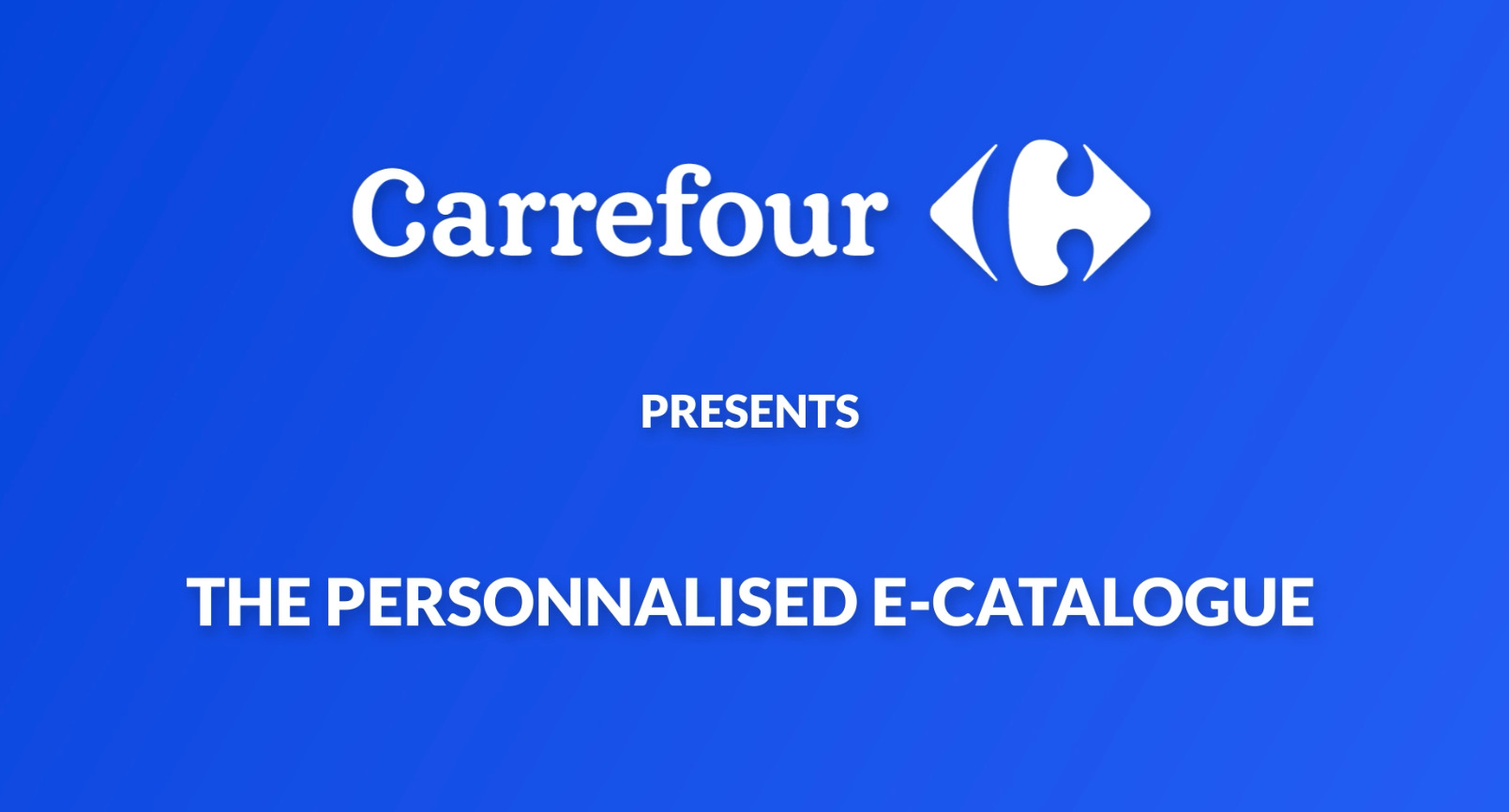THE Battle HAS ONLY JUST BEGUN…
HOW IS CARREFOUR PERSONALIZING ITS DIGITAL FLYERS? / YVES PUGET LSA 19 JANUARY 2023
To offer each customer tailored deals, Carrefour has created a personalized e-catalog. Here’s the breakdown.
“We want to say yes to all our customers,” emphasizes Frédéric Preslot, Carrefour’s Operational Marketing Director.
This means saying yes to those who no longer want flyers in their mailboxes and don’t seek promotions. Yes to those who still want deals but are looking for paperless solutions. And yes to those who still need paper, even if it means sending them the catalog by mail. “We won’t leave anyone behind”. Our approach to gradually reducing mailbox flyers, which began over 18 months ago, wasn’t eliminating paper but about reducing waste. Our objective are clear: to reduce the number of paper catalogs by 40% in 2023 and by 80% by 2024!”
Given that Carrefour currently distributes around 20 million catalogs each week in France, how will they achieve this?
“The foundation of all our communication strategies is based on an equation (number of people exposed X % perception X % relevance X % persuasive intensity) to measure the effectiveness of promotional communication. It’s the number of people exposed to the flyer multiplied by those who perceive it, multiplied by those who find it relevant, multiplied by the persuasive intensity,” explains Frédéric Preslot. He adds, “To maximize the effectiveness of our commercial communications, we need to expose as many people as possible, ensure they perceive the message, find the offer relevant, and make it compelling enough to be attractive. In summary, if any factor in this equation drops to zero, the effectiveness of the entire chain falls to zero.”

